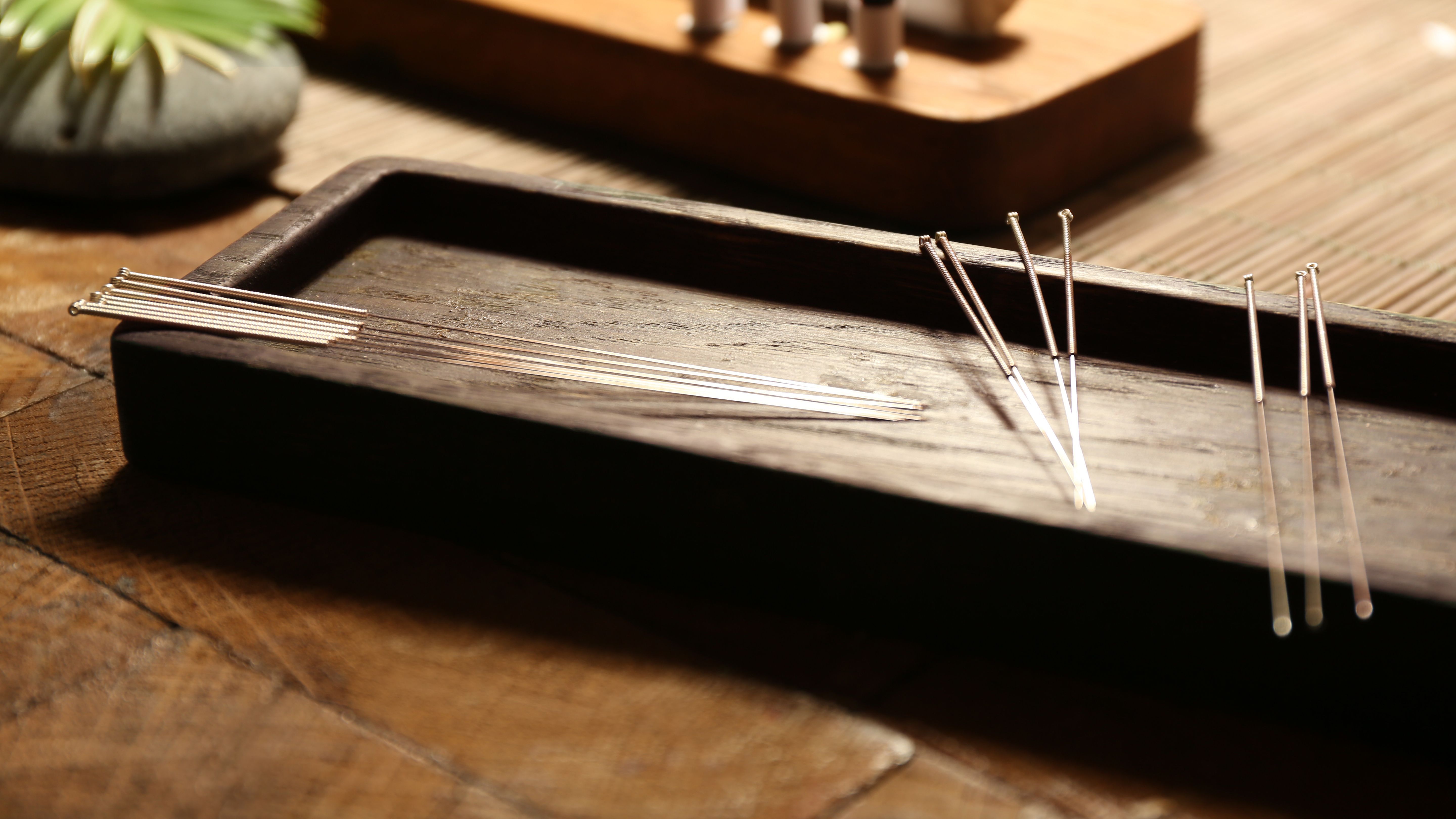
August 28, 2025
A team of scientists from Shenzhen Hengsheng Hospital, China, claims to have achieved a ‘Functional Cure’ for T1D. Using a mixture of Western and Traditional Chinese medicine, twenty-four patients are alleged to no longer need external insulin injections. The claim has generated much attention and excitement within the T1D community this week.
It has sparked much interest, presenting an unusual but intriguing approach to T1D curative therapies. However, very few details are provided about the research design; it is not listed on a primary human trial database, nor does it appear to be peer reviewed. In short, this is not currently a potential Practical Cure as there are too many unknowns. That said, we would be delighted if the results are validated in established T1D. JDCA will continue following this research, and we hope to uncover more comprehensive results in the future.
The larger issue at hand is false hope sparked in the T1D community when headlines of ‘Functional Cure’ and ‘Insulin Independence’ are touted without substantial evidence.
Results
Over a fourteen-month period, researchers at Shenzhen Hengsheng Hospital in China claim to have successfully helped twenty-four T1D patients discontinue insulin therapy.
- Of 70 patients, 24 (34%) have completely discontinued insulin use, but must still manage their diets.
- Those who are insulin independent maintain a stable HbA1c <7%.
- No other details (adverse events, how the other 46 fared, etc.) were reported.
An Chiying, Director of Endocrinology and leader of this project, is quoted as saying, “Patients diagnosed early with T1DM who have a C-peptide level above 0.5 ng/ml can stop insulin, while those with insufficient islet function can significantly reduce insulin dosage once blood glucose levels are stabilized.” Though information is sparse, this suggests the twenty-four patients did not have established T1D. Insulin independence was likely limited to those in early-onset who still produced some level of insulin.
Methods
Articles state these results were accomplished using a multidisciplinary approach that identifies the cause of T1D autoimmunity, targets molecular nutrition, utilizes acupuncture and herbal medicines, etc. These varying facets are referred to as the HIM model (Holistic Integrative Medicine, a combo of Western and Chinese traditional medicine).
The exact procedure for this study has not been identified, but it involves patients spending three to five days in hospital. It is unclear what exactly was done, if the recruitment criteria were exclusionary to the broader T1D community, and if any immunosuppression was used. Despite multiple attempts, we have been unable to contact the research team for verification.
Concluding Remarks
The study made headlines this past week, and for good reason. ‘Functional Cure,’ ‘Insulin Independence in X Patients,’ and the like, are powerful tactics to generate hope and clicks. But too often we see headlines that push narratives creating false hope in the T1D community, similar to the harmful, age-old medical promise of “a cure is just five years away!” Repeating PR lines that lack substance and concrete data, contrast what the T1D community would consider a Practical Cure, or highlight only a fraction of patients dosed, is a damaging practice.
That said, this study is one of many JDCA comes across with more questions than answers. We hope the researchers release publications with more information, strong data, and a clinical trial the public can readily access to keep up with the therapy. We would welcome this as a potential Practical Cure if/when it meets the criteria, but for now, there are too many unknowns.
JDCA will keep you up to date with the latest T1D news as it unfolds.
